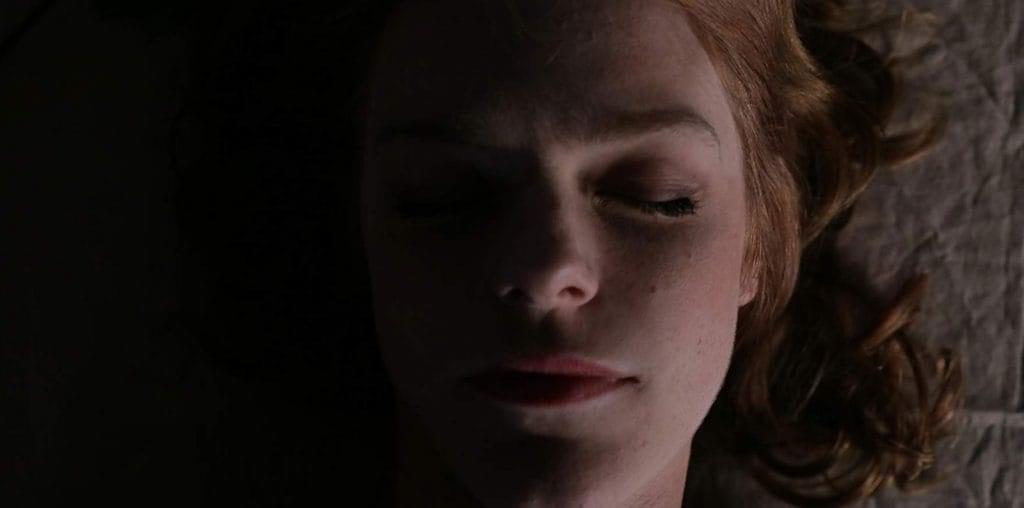
Nicholas Ray, himself, is bigger than life. One mention of his short surname followed by “Nick” draws forth the film buffs. This workman filmmaker of the 1950s was read by French Cahiers critics of the time as genius. Soon he took a fairly high rank in Andrew Sarris’ tome, The American Cinema: Directors and Directions, and today seems more celebrated than analyzed.
The glow of Ray’s legacy extends to “Bigger Than Life,” his latest work to appear on DVD, care of the Criterion Collection. His careful direction shows throughout the film, especially in its varied use of depth of field. But as far as the narrative goes, drop the “Reefer” and call this film “Cortisone Madness.” In 1956, “Bigger Than Life” (I’m surprised it wasn’t named “Bigger Than Life!”) must have spread fear with the goofiness of the 1936 camp exploitation classic. “Bigger Than Life’s” been hiding out so long not because it’s been forgotten – it’s just plain dated.
James Mason plays Ed Avery, a school teacher who moonlights as a cab dispatcher. As dutiful as he is by day, he shows as much dedication at the night job that’s beneath his abilities. This life of quiet desperation turns melodramatic when we learn he shall fall, through brief hints of his severe pain. The fatal condition calls for mandatory cortisone treatments which, sure enough, have harsh side effects. Monstrous medical science invades domesticity, and soon “Harriet” (Barbara Rush, playing Lou Avery) is about to lose her “Ozzie.”
As if seized by inspiration, Ed drops his day and night jobs to write about education reform, right after he rants during parent-teacher night about the dangers of school and the church. Soon he takes to his home to become Roderick Usher, then turning into Abraham and making his son Issac. (How wasn’t this regarded as instant camp?) Little more is required of Mason than aping warning signs of science crippling humanity – with science/medicine playing the obvious straw man. This muddled, often zany case history purportedly reflects the confinement of the Eisenhower era. It’s a long shot when rebellion transforms into stark (and clinically proven!) madness. We must guess that Ray didn’t quite get his material. The filmmaker seemed very intent on realizing this school scare film for middle class parents.
Nonetheless, authorities appearing on this DVD set attest to “Bigger Than Life’s” brilliance. Enter novelist Jonathan Lethem, who in a video interview musters all he can to draw life from Ray’s sedentary bedrock. Lethem spends much time noting the gothic imagery of a scene where daddy-gone-mad starves his son (see cover image). The expressionism here is no mystery, but then Lethem points out (no lie) the Elvis coif of Mason’s shadow. Looks like Ray wanted to add the King to his warning list. I’d love to hear what the novelist would dream up when watching “Caligari.” As usual for Criterion, on this set other lavish attention is paid to the film, with a vibrance in its Cinescope images that only clarifies the dearth of the matter.
